Jay DeFeo was born in 1929 in Hanover, New Hampshire, and grew up in the San Francisco Bay Area. She received a bachelor’s degree and a master’s in studio art from the University of California, Berkeley. Upon graduating in 1951, she traveled to Europe and North Africa for a year and a half, settling in Florence for six months. There, DeFeo worked intensively on what became her first significant body of work, influenced by Abstract Expressionism, the geometry of architecture, and her fascination with the art of prehistory, Asia, and Africa.
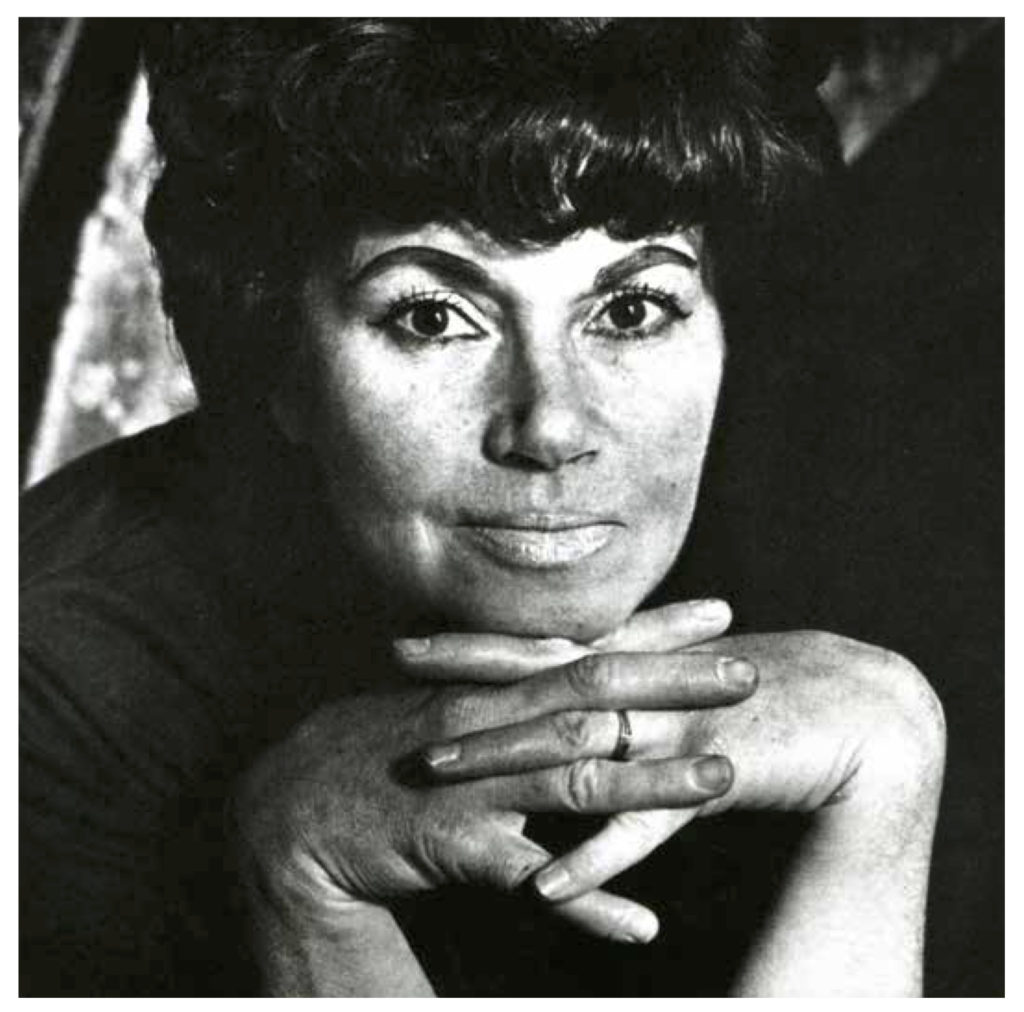
Returning to Northern California in 1953, DeFeo became a pivotal figure in the era’s historic San Francisco community of artists, poets, and jazz musicians. The art she made in the mid-1950s incor- porated the dualities of representation and abstraction, organic rhythms and geometric form, refine- ment and expressionism – dichotomies that continued to play out in her artwork. DeFeo employed unorthodox materials to explore the broadest definitions of sculpture, drawing, collage, and painting.
In 1958, DeFeo began to develop “an idea that had a center to it.” Nearly eight years later, to the exclusion of almost any other art making, she completed The Rose, a monumental work created with so much oil paint that she called it “a marriage between painting and sculpture.” The Rose was first exhibited in 1969 at the Pasadena Art Museum.
In the 1970s, DeFeo became deeply involved with photography. A master at drawing, she continued her ardent experimentation with works on paper, which evolved into an idiosyncratic cross-disciplinary oeuvre.
DeFeo accepted a position teaching art at Mills College in Oakland in 1981. She traveled fre- quently throughout the decade, often titling works and series after anticipated or remembered travels.
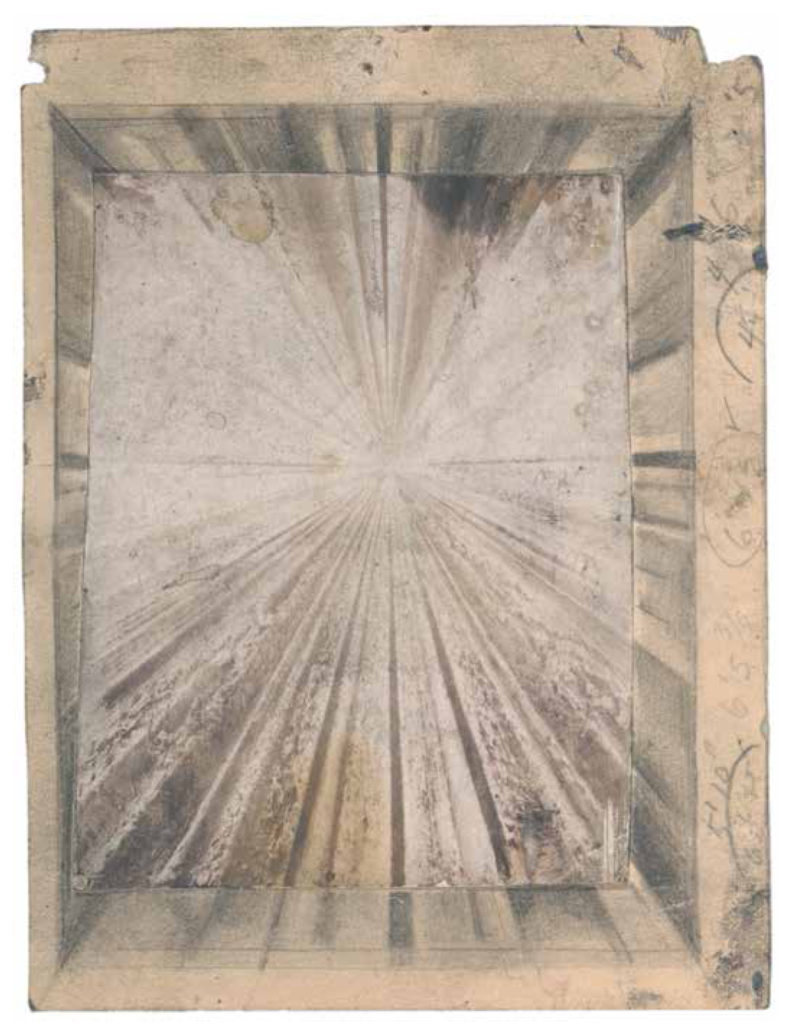
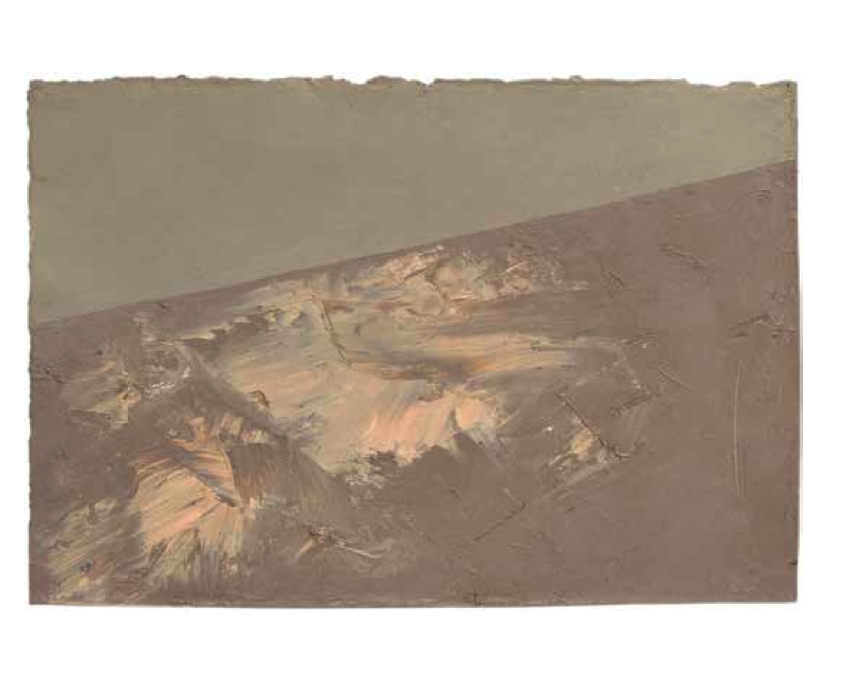
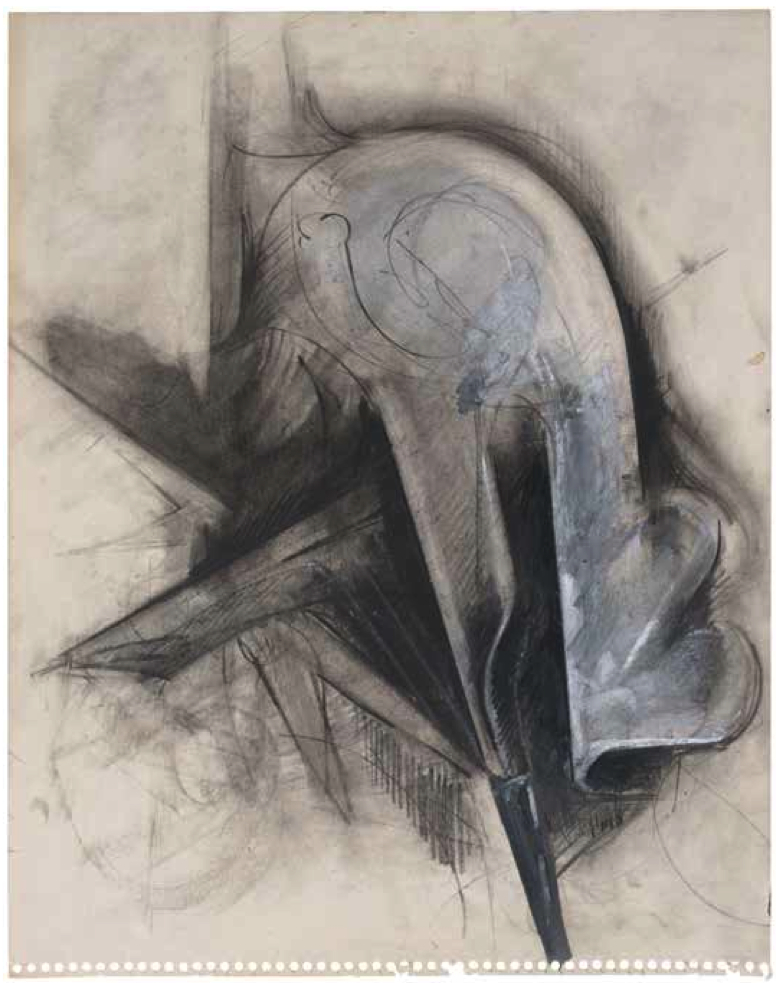
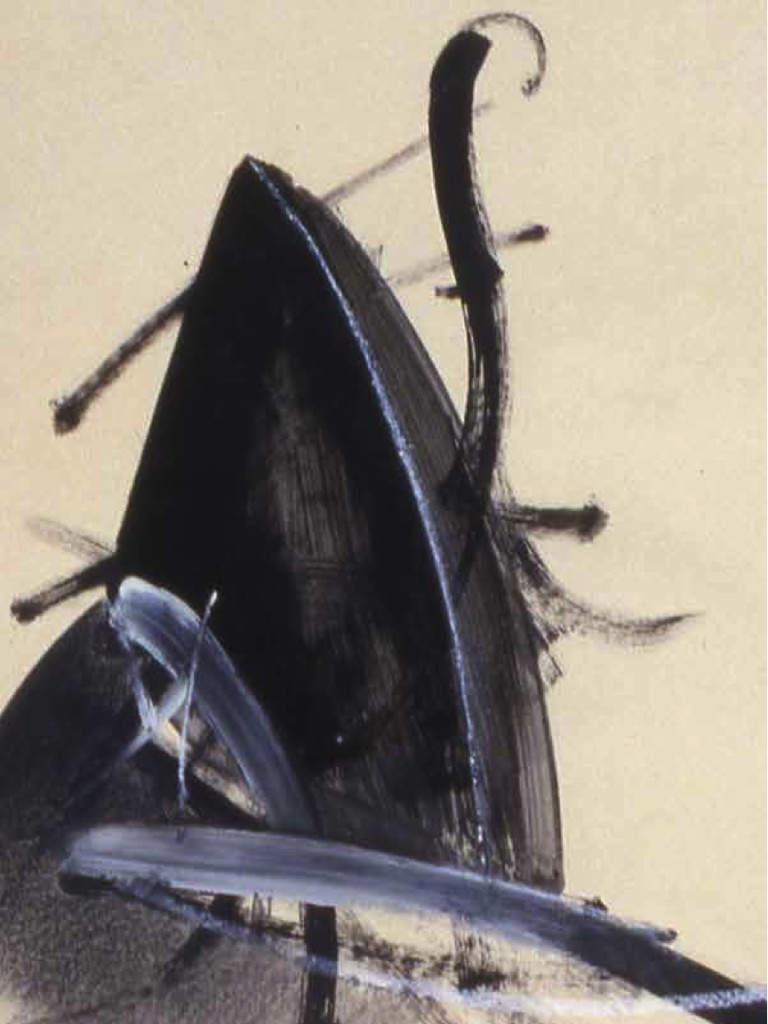
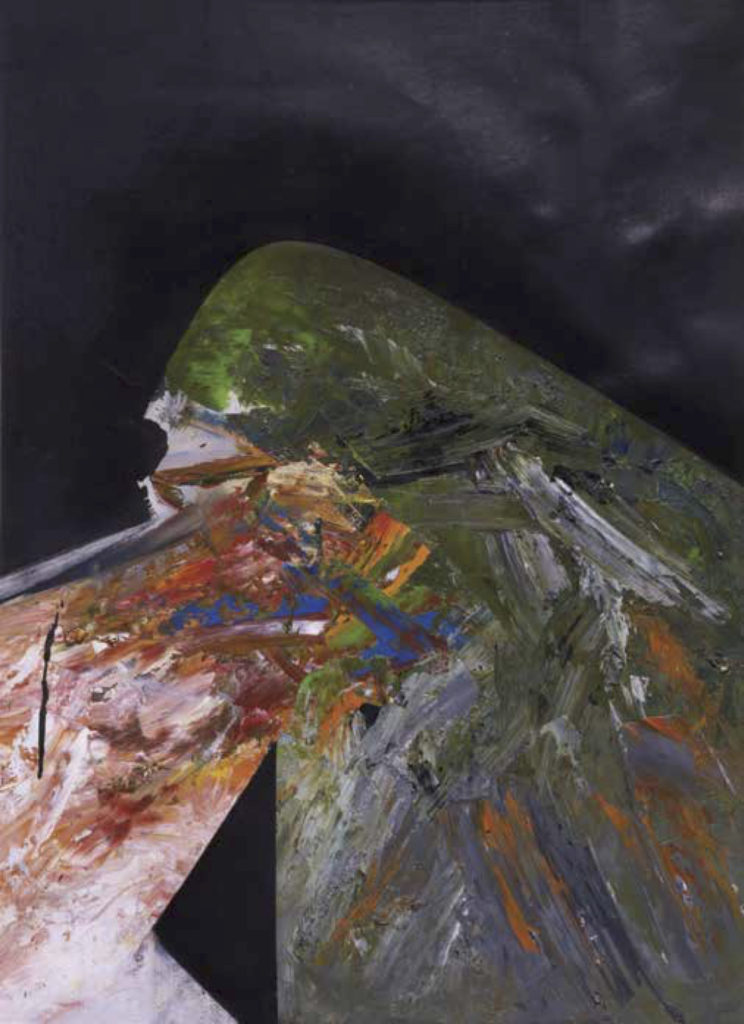
Diagnosed with cancer in the spring of 1988, the artist continued to work prolifically until weeks before her death on November 11, 1989, at the age of 60.
DeFeo’s artwork is exhibited in museums and galleries internationally. The body of serious scholarship on the significance of her work in the history of art continues to expand.
More information about Jay DeFeo’s life and artwork and the foundation she endowed can be found at www.jaydefeotrust.org.
